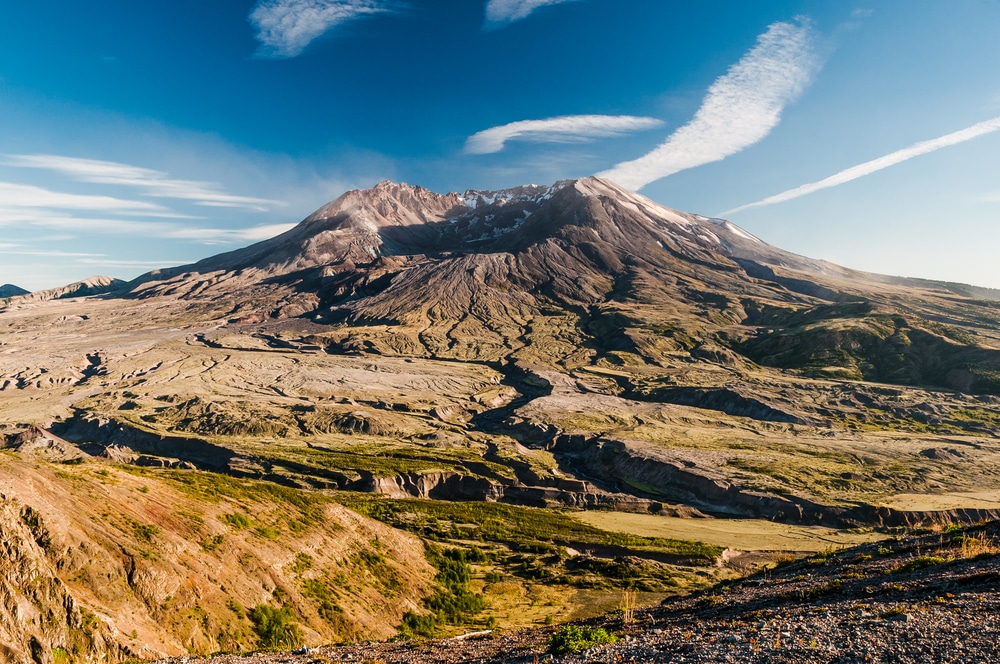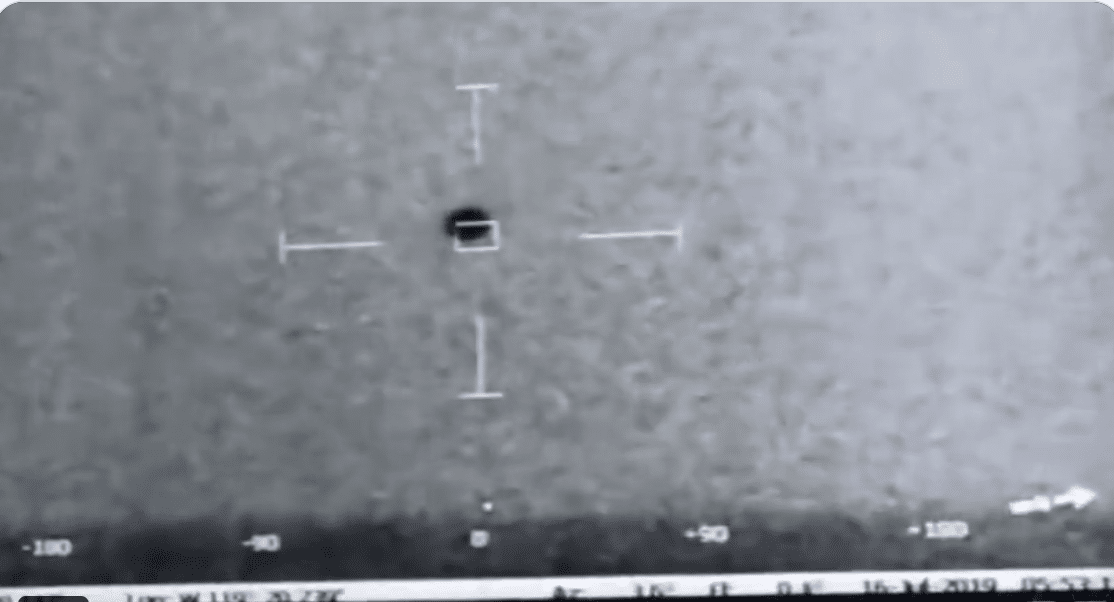The USGS continues to monitor volcanoes around the United States; of the more than 160 they watch, 7 are experiencing elevated activity. Due to that activity, two of them are at an elevated WATCH / ORANGE status while five are at an ADVISORY / YELLOW level. All of the other volcanoes USGS is monitoring today are either at GREEN or unrated conditions.
The seven volcanoes showing signs of unrest or activity are the Great Sitkin volcano, Semisopochnoi, Kilauea, Aniakchak, Takawangha, Tanaga, and Trident. The two volcanoes earning the elevated WATCH/ORANGE status are Alaska’s Great Sitkin and Semisopochnoi volcanoes.
Within the United States, the USGS tracks dozens of potentially active volcanoes, most of which are in Alaska. In Alaska alone, there are more than 130 volcanoes and volcanic fields which have been active within the geologically young last 2 million years. 50 have been active since the mid 1700s and AVO studies those too.
Another place famous for its volcanoes is Hawaii; on the Big Island of Hawaii, Kilauea, Mauna Loa, and Hualalai are considered active and potential threats. As of today, none are erupting but that could change in the coming days with signs of increased activity at Kilauea, the most active of the Hawaiian bunch.
The U.S. is only home to a fraction of the world’s volcanoes: according to USGS, there are normally around 2 dozen erupting volcanoes around the world at any given time. The USGS says there are about 1,500 potentially active volcanoes worldwide, with about 500 of the 1,500 erupting in modern historical times.
The Hawaii volcanoes are monitored by the Hawaii Volcano Observatory (HVO) while the Alaska volcanoes are monitored by the Alaska Volcano Observatory (AVO.) In addition to the AVO and HVO, there are also the California Volcano Observatory , Cascades Volcano Observatory, the Yellowstone Volcano Observatory, and the Northern Mariana Islands Volcano Observatory.
Each of those additional volcano observatories within the USGS are monitoring volcanoes in their respective regions. At this time, none of those other observatories are reporting unusual activity or signs of anything more than background noise for now. (FULL REPORT)


















